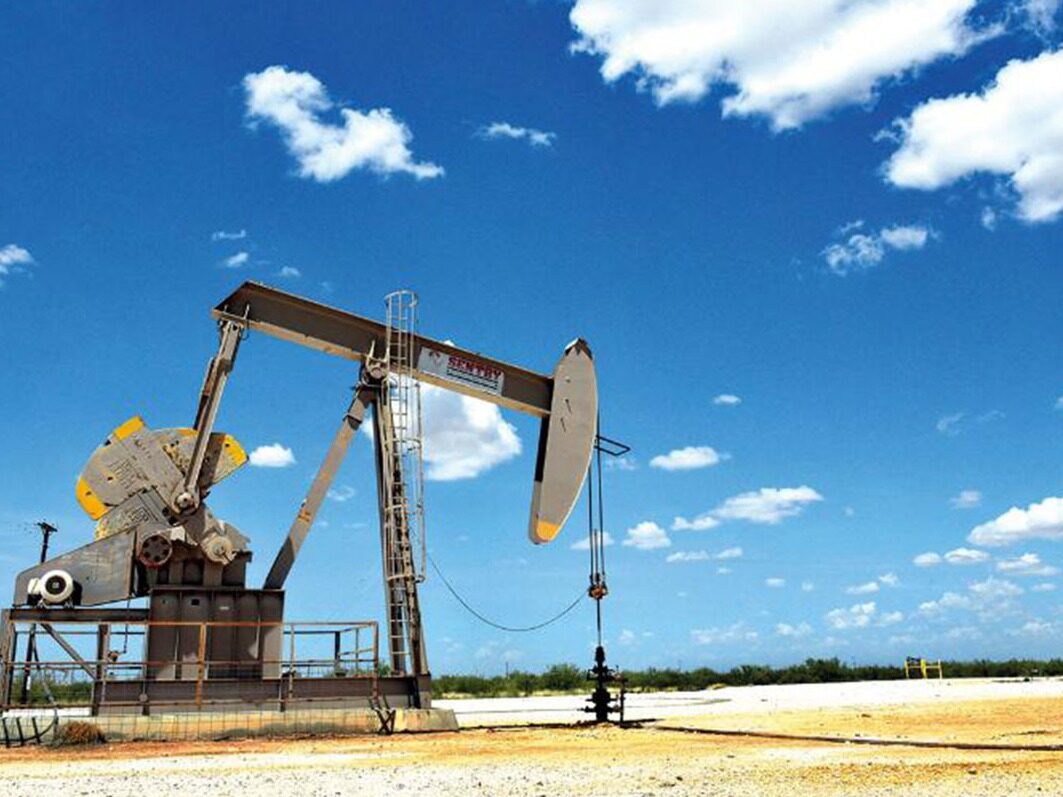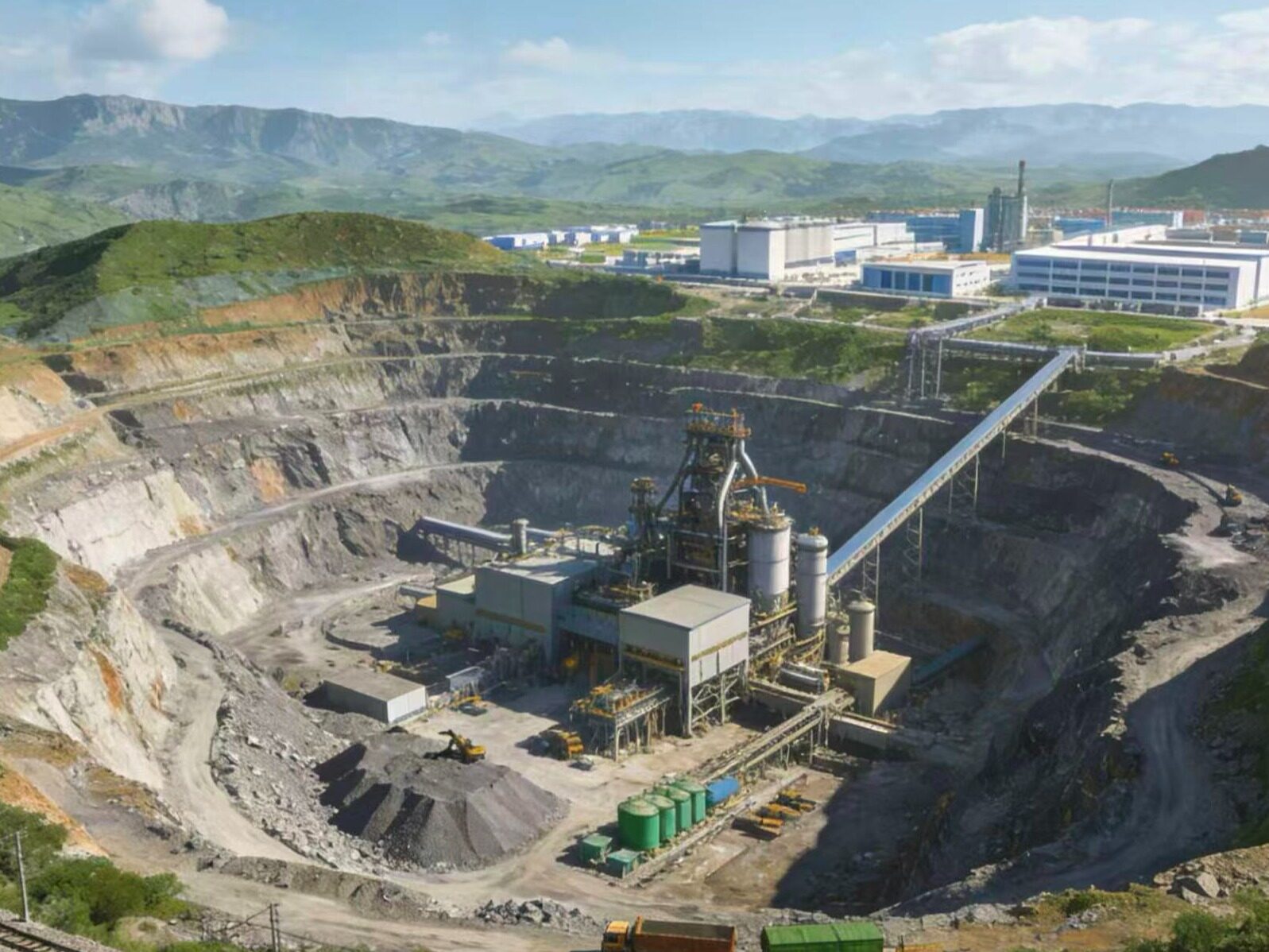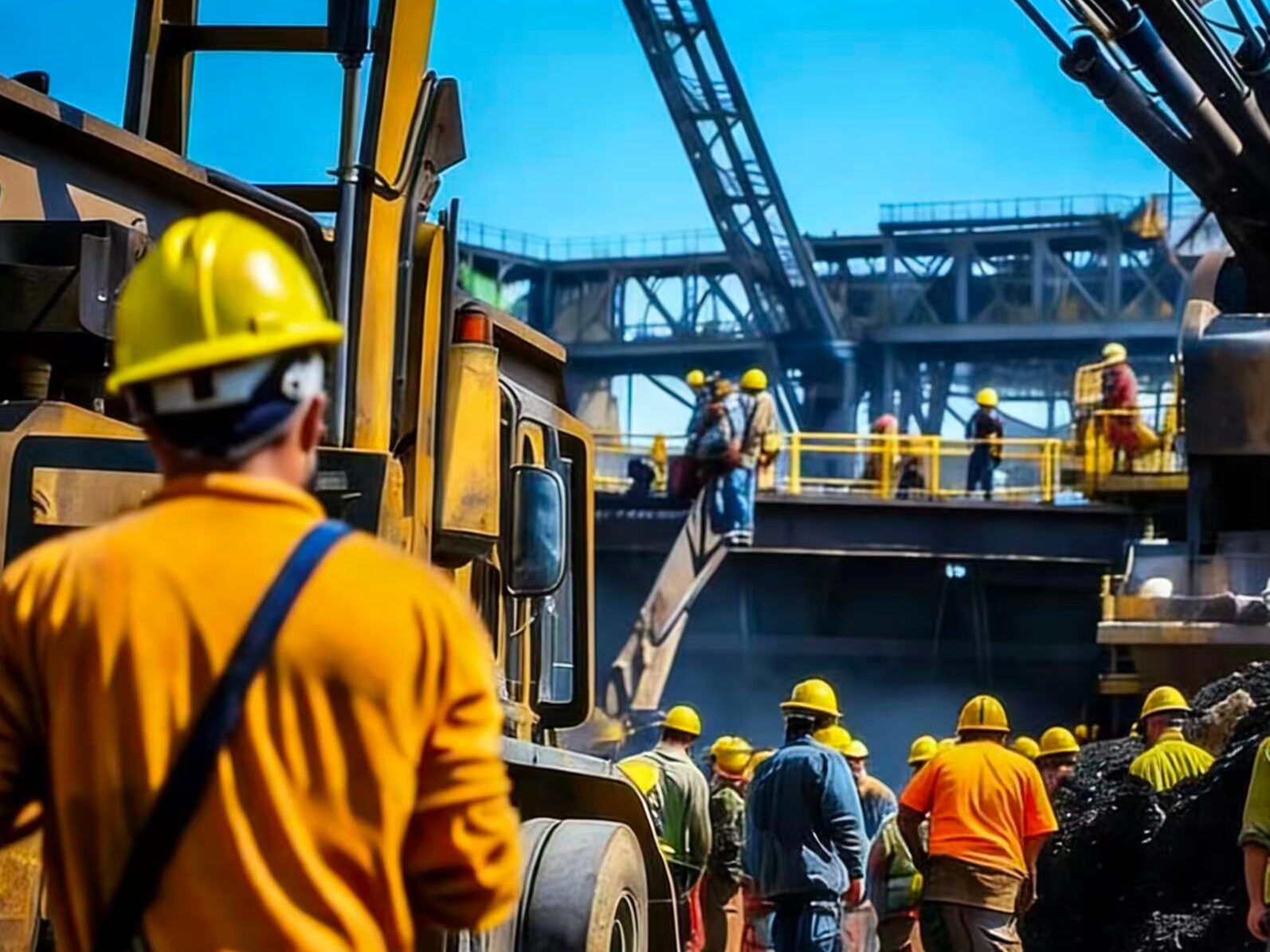- Carbon capture accelerates the substantial increase in hydrogen production capacity and accelerates the global energy transition

At present, Saudi Aramco and other national oil companies are advancing the development and implementation of carbon capture, utilization and storage (CCUS) technology to extend the life of their oil and gas industry and reduce carbon emissions. Saudi Arabia, the UAE and Qatar have a carbon dioxide capture capacity of more than 4 million tons per year, accounting for about 10% of the total global carbon dioxide capture. Part of the captured carbon dioxide is used to enhance oil recovery, and part is used to produce blue hydrogen.
Actively promote the development and implementation of CCUS technology
In the future, the carbon dioxide capture capacity in the Middle East will continue to grow. Among them, Saudi Aramco currently has a carbon dioxide capture capacity of 800,000 tons per year, and plans to build the world’s largest carbon capture and utilization project; Abu Dhabi National Oil Company (ADNOC) plans to expand its CCUS capacity by 6 times, and carbon dioxide capture in 2030 Capacity of 5 million tons/year; in 2025, Qatar National Petroleum Company (QP) plans to increase the capacity of carbon capture and storage (CCS) project to 5 million tons/year, higher than the current 2.1 million tons/year, once the northern gas field After the expansion is completed, the capacity of the CCS project will be increased to 7.5 million tons per year. QP also seeks to limit methane emissions from its natural gas business. By 2025, the methane concentration target for all facilities is 0.2%.
Committed to becoming the world's leading exporter of hydrogen or ammonia
GlobalData, the world's leading data analysis company, predicts that by 2030, the global hydrogen energy production capacity will reach 14 million tons per year. Saudi Arabia and the UAE are racing to become the world's leading exporters of hydrogen or ammonia. In July 2020, the Saudi utility developer Acwa Power Company and the US Air Products Company signed a contract to build a US$5 billion green hydrogen project in Neom New City in Saudi Arabia. This is the world’s largest green hydrogen project. It is planned for 2025. Put into production, the hydrogen output is 650 tons/day, and the ammonia output is about 1.2 million tons/year. In September 2020, Saudi Arabia exported the world's first batch of blue ammonia (40 tons) to Japan. At present, in order to further expand the export of hydrogen energy, the Saudi government and Saudi Aramco are seeking partners in key global markets. On August 11, 2021, the Saudi Cabinet approved the hydrogen energy cooperation contract between the Ministry of Petroleum and the German Ministry of Economy and Energy.
At present, ADNOC is a major producer of hydrogen and ammonia. Its hydrogen production in the Ruwais Industrial Zone exceeds 300,000 tons/year, and it will increase to 500,000 tons/year in the future. It plans to become the world's leading supplier of hydrogen and ammonia And exporters, mainly exporting to Asia. In May 2021, ADNOC plans to build a blue ammonia production plant in Ruwais, the industrial center of the UAE. The project is currently in the design stage and will be put into operation in 2025. The ammonia production capacity will be 1 million tons/year. The region's first such large-scale blue ammonia project; the green ammonia project in the Khalifa Industrial Zone in Abu Dhabi, UAE will be put into operation in the second quarter of 2024. The total output of the project will reach 200,000 tons/year, and the total investment will be 1 billion US dollars. , The products will be used for export, focusing on the European and American markets. In July, Abu Dhabi National Energy Corporation (Taqa) and Abu Dhabi Ports signed a memorandum of understanding on cooperation. The two parties will jointly build a solar photovoltaic power station with a generating capacity of 2 gigawatts in Abu Dhabi, using solar energy. The green hydrogen is produced for the electrolytic cell and then processed into liquid green ammonia for export; In addition, ADNOC has signed a joint research agreement for the development of blue ammonia with three Japanese companies, with a production capacity of 1 million tons per year, and exports to Japan. In August, ADNOC has cooperated with Fertiglobe, the largest nitrogen producer in the Middle East, to sell blue ammonia to Japan's ITOCHU Corporation, which is the first batch of blue ammonia exported to Japan. In addition, the two companies also exported blue ammonia to Idemitsu and Inpex.
At the same time, the UAE has formed a hydrogen alliance to promote the development of its hydrogen energy and ammonia. In order to accelerate the UAE's energy transition, in January, ADNOC, Mubadala and the United Arab Emirates Industrial Holding Company (ADQ) signed an agreement to form a hydrogen energy alliance, which will develop hydrogen energy in the UAE. In May, Mubadala Investment Company, the UAE sovereign fund owned by Masdar Corporation, jointly established the "Hydrogen Energy Alliance" with ADNOC and Abu Dhabi Holdings. Masdar announced that it will develop a green hydrogen demonstration project in Abu Dhabi, focusing on the development of hydrogen fuel cells and the application of hydrogen fuel in the aviation industry. Currently, Masdar is conducting a comprehensive evaluation of the green hydrogen demonstration project, and the project construction is expected to take two years. According to the design, Masdar will build a solar project with a power generation capacity of 2 gigawatts, using solar energy as an energy source for electrolyzed water to produce hydrogen. In July, ADNOC joined the International Hydrogen Council.
Oman is also actively promoting the energy transition and plans to vigorously develop hydrogen energy. On May 20, Oman's energy giant OQ and its partners announced that they will develop a large-scale integrated green fuel project in Oman. In addition to building a solar and wind power plant with a generating capacity of 25 GW, it will also produce green hydrogen each year. Millions of tons are used for local consumption or export, or to convert green hydrogen into green ammonia for export. Total Energy is still negotiating with its Oman partners to install hydrogen and carbon capture devices on its LNG project. On August 12, the Ministry of Energy and Mines of Oman signed a contract with the training and development center of the Oman Petroleum Development Company (PDO) to establish the National Hydrogen Energy Alliance (NHA), focusing on the hydrogen energy industry policy and technology and other areas to increase national energy reserves. Strengthen carbon emission reduction to promote the green transformation of the country's economy. The alliance is led by the Ministry of Energy and Mines of Oman and is composed of 13 organizations or companies, including the Oman branch of BP, Shell and Total.
Solar and wind energy may become rookies in power generation in the Middle East
The Middle East is the region with the richest oil and gas resources in the world, with low mining costs and cost advantages for thermal power generation. At the same time, various national oil companies in the Middle East have high control over their own energy industry and can guarantee a reliable supply of raw materials. From 2021 to 2030, the Middle East will rely on thermal power generation, and natural gas will continue to dominate the electricity structure in the Middle East. From 2021 to 2030, it is estimated that the proportion of non-hydro renewable energy power generation capacity in the region’s total power generation capacity will only increase from about 3% in 2020 to about 11% in 2030, which is much lower than the 70% share of natural gas power generation in this region. % Share. From a global perspective, in 2030, the power generation capacity of non-hydropower renewable energy in the Middle East and North Africa region accounted for only 1% of the total global power generation capacity, which is equivalent to sub-Saharan Africa and ranks last in the world. In the future, non-hydropower renewable energy power generation in the Middle East will mainly rely on solar and wind energy, and the development of solar energy is faster than the development of the wind power industry.
Factors affecting regional energy transition cannot be ignored
In the short to medium term, the main factors affecting the development of the renewable energy industry in the Middle East are as follows: Insufficient incentives. Except for the UAE, other countries have not introduced relevant incentive policies, including tax rebates, value-added tax exemptions, loan guarantees and contracts for difference, etc. These measures are the main factors supporting the profitability of projects in the renewable energy industry and help investors provide Local electricity prices are more competitive. Since the Middle East region is almost entirely dependent on imported components and foreign development expertise, compared with the region's large-scale and relatively low-cost thermal power generation industry, non-hydropower renewable energy power generation projects lack competitiveness in terms of pricing.
Carbon tax systems are very rare. For the Middle East, which mainly relies on thermal power generation, this will increase the expenditures of Middle Eastern countries and erode the profits of their thermal power plants. Therefore, the carbon tax system is rare in the Middle East and is not enough to promote the development of the renewable energy industry in the region.
Keywords: carbon capture technology, foreign engineering project information
Energy subsidies are relatively high. The economic development of most countries in the Middle East mainly depends on oil and gas income. Therefore, historically, these countries have provided their citizens with a sound welfare system, including oil, natural gas and electricity subsidies, resulting in lower oil and gas and electricity prices. The artificially reduced electricity costs in these countries hinder the development of non-hydropower renewable energy industries. Unlike thermal power generation projects, it is difficult for renewable energy power generation projects to directly obtain fuel subsidies. Although the United Arab Emirates and other countries are implementing plans to reduce such subsidies, progress has been slow.Editor/Baohongying
Comment
 Praise
Praise
 Collect
Collect
 Comment
Comment
 Search
Search














Write something~